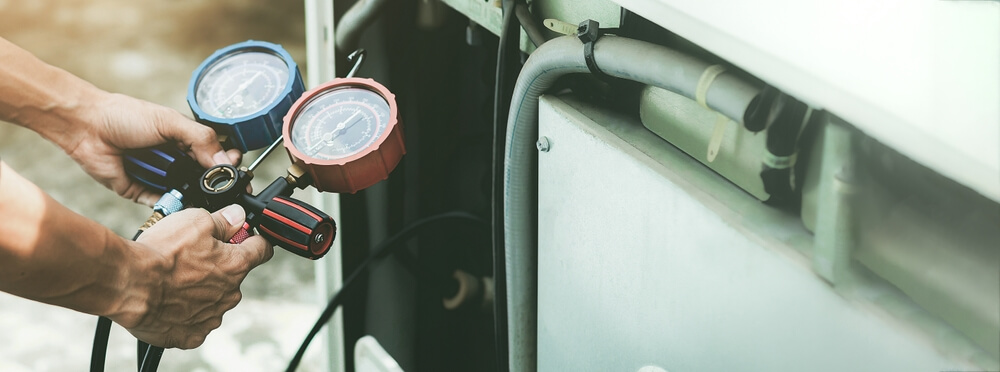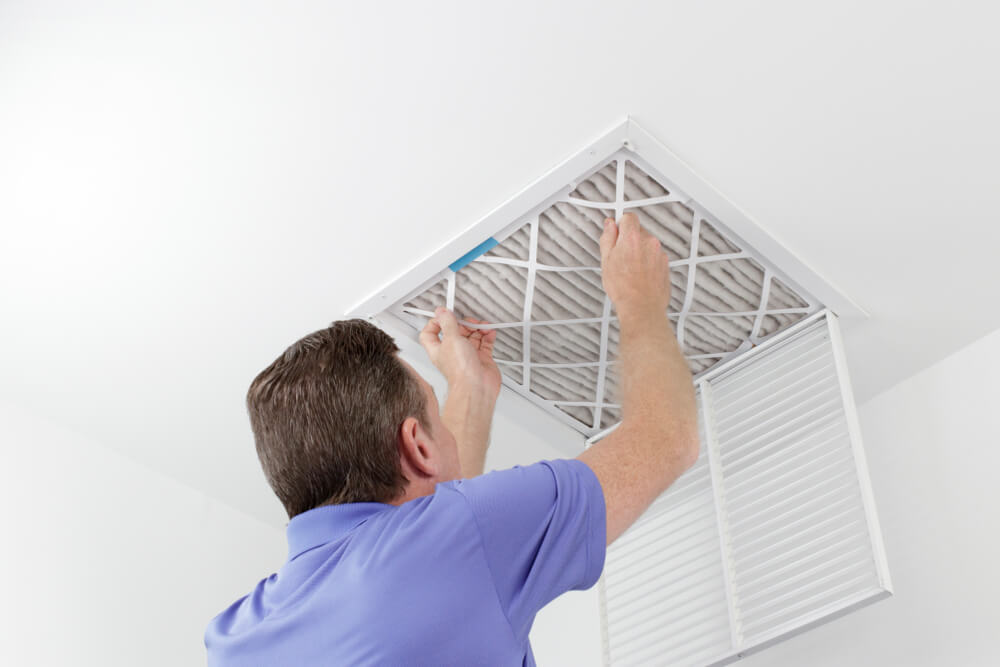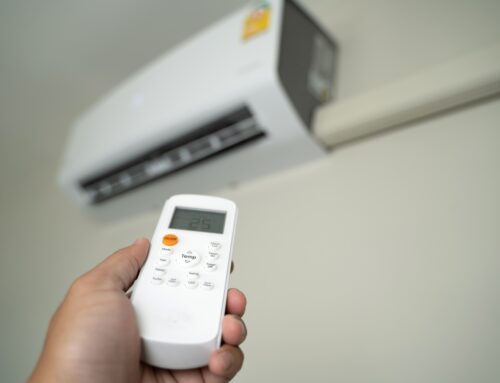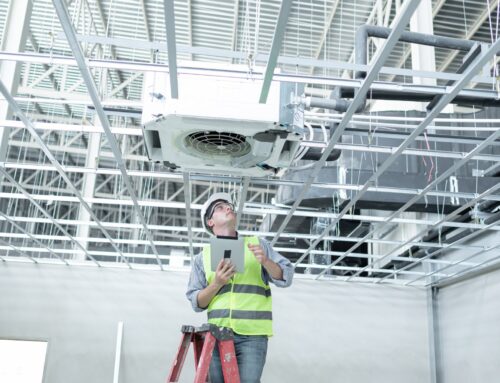If you’ve seen those massive heating and cooling systems on commercial building rooftops, then you know that there are several essential HVAC components. Some of them are pretty obvious, but you might not know the roles of other parts.
Essentially, these all need to work together to keep the overall system intact and functioning. If any of these components break down, the whole system can become compromised, or at least, the efficiency of the system will suffer. Knowing the basics is crucial, primarily if you work as a general manager in a building with such an HVAC unit.
As such, in this blog post, we will talk about the most critical HVAC component’s work, what’s their role, and which parts of each system might need repair from time to time.
On that note, if you are looking for commercial HVAC services in Miami, feel free to reach out to us after finishing this article.
Main HVAC Components
The Compressor
This is literally the heart of an HVAC unit. The compressor is the unit part that circulates the refrigerant between the condenser coils and the evaporator across closed loops. Most compressors are outside, and their primary function is to change the refrigerant into a state that will help it get into the condenser.
It’s needless to say that the compressor should be maintained regularly. During these tune-ups, experts will check the compressor for damages, electrical issues, and other problems which may lead to malfunction. Unfortunately, for the most part, compression malfunctions usually end with getting a replacement, and depending on the severity of the damage, sometimes, the entire HVAC unit needs to be replaced.
This is why taking care of the compressor is essential.
The Thermostat
Another vital HVAC component, the thermostat, connects to the system through wires. It’s responsible for the unit’s main functionalities, like signaling the entire system to produce hot or cool air based on the temperature settings. The sensor within the components indicates which system (cooling or heating) should be turned off or on.
If a building has thermally controlled zones, those zones will usually have their own thermostat to help maintain the temperature.
The Air Conditioner
This commercial HVAC component is pretty similar to the air conditioner of a residential unit, with the primary purpose of drawing the heat from the air indoors and pushing it outdoors, recirculating the cool air in the house, and dehumidifying it.
In most instances, the air conditioner will be a split system, with components both inside and outside the building. When the init draws the hot air from the building, the refrigerant is the compound that absorbs the hot air and pushes it outside.
Still, you should know that the air conditioner alone isn’t enough to cool down the building. Adequate temperature regulation requires the rest of the parts and HVAC subsystems to work correctly.
The Condenser
This outdoor HVAC component is responsible for exchanging the heat in the system. It’s usually responsible for transferring the heat from the building outside with a series of pipes and a fan.
When the high-pressure and high-temperature refrigerant enters the condenser, the cooler air from outside blows over the coil, absorbing the heat from the refrigerant and pushing it outside. After this, the refrigerant will get into the thermal expansion valve.
The Thermal Expansion Valve
This is also an essential part of the system. The expansion valve is responsible for lowering the liquid refrigerant’s pressure, changing it to vapor, and allowing it to get into the evaporator coils.
In most cases, the thermal expansion valve is inside the air handler but may also be located at the evaporator coils.
Air Handler
When speaking about the parts of an HVAC system, we should also mention the air handler, which usually has a blower that moves the air through the building. The air handler will also hold the evaporator coils.
In the air handler, the blower will draw the hot air from the building/house and get it to the evaporator coil. Then, the refrigerant will absorb the heat from the air and return to a gaseous state, returning to the compressor.
The blower also circulates the heated or cooled air back into the premises. The air handler also has other parts of the HVAC system, like tracks, dampers, sound attenuators, racks, heating, cooling elements, etc. Out of all these, the evaporator coil is the most delicate, requiring regular maintenance.
The Terminal Unit
This commercial HVAC component is a device that handles the volume of conditioned air that enters various areas in a building. Most terminal units will consist of coils, a filter, and blowers.
The filter is there to “filter” out dust, dirt, pollen, and other debris. If filters get clogged, they can reduce airflow, often compromising system efficiency. Cleaning the filters at least once a month and replacing them every now and then can significantly help with efficiency. If the building is in an area where strong winds and dust are commonplace, cleaning the filters may need to be a frequent occurrence.
The Chiller
Larger commercial buildings will also have other parts of the HVAC system installed as well, like chillers. Chillers are usually outside and may be air or water-cooled. These cooling components remove the heat from the liquid that runs through the building’s pipelines.
Usually, water-cooled chillers are installed on buildings where the cooling may last for extended periods. These devices work with the help of recirculated water, carrying heat and delivering cool water from a cooling tower outside.
The Furnace
The furnace is responsible for coordinating the heating process, starting with the thermostat sending a signal to it. Then, a gas valve opens, igniting a burner. The generated heat then flows through a heat exchanger where a fan and motor will push the heated air into the ductwork, with a blower distributing the hot air to the rooms.
The Duct System
Lastly, this part of an HVAC system is responsible for delivering heated or cooled air throughout the building. They also take care of returning the unconditioned air into the system.
These ducts will also require regular maintenance and should be cleaned by a professional.
Work With Professionals
Knowing essential parts of the HVAC system is necessary to keep the system running smoothly and efficiently. Still, managers shouldn’t hassle with do-it-yourself repairs and maintenance when something goes wrong. While some minor repairs may seem doable, an HVAC system is an intricate and complex structure that will require a professional’s touch.
That said, if you need professional help or maintenance with your commercial unit, you can always reach out to us, one of the best commercial HVAC contractors in Miami. From installation through maintenance to repairs, our expert teams will ensure that everything goes smoothly so you can enjoy all the benefits of a correctly working HVAC system.







